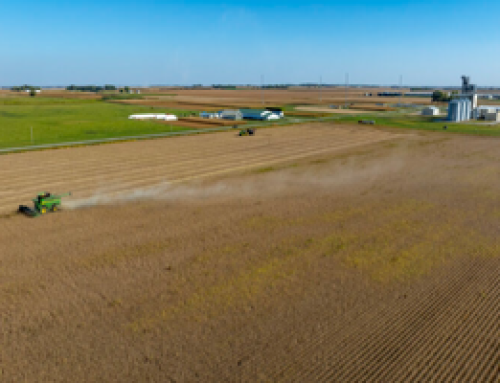By Michele Katsaris, AgriBusiness Global
AgriBusiness Global recently caught up with Jacqui Fatka, Lead Industry Analyst for CoBank’s Knowledge Exchange Division. Fatka provided insights into key trends and challenges shaping the global ag input landscape, from the decrease in fertilizer prices to planting numbers rebalancing in South America, as well as challenges like dicamba-related issues, EPA’s proposed herbicide strategy, and resistance concerns.
Jacqui Fatka, CoBank’s Knowledge ExchangeABG: In the global crop protection sector, what opportunities are you seeing for 2024?
Jacqui Fatka: A major market for crop protection is in Brazil and Argentina. They’re really looking to rebalance after the destocking that occurred in 2023, and part of that was because of the drought. A lot of the crops in that region are planted as a double crop. If the weather isn’t favorable, if there’s not enough moisture to put that double crop in, they’re not going to plant. Then you have fewer inputs that are required. The whole crop industry is really rebalancing this destocking. A lot of companies have talked about that in their latest financials.
ABG: What trends in crop protection, fertilizer, and biostimulants globally are you seeing for 2024?
ABG: What challenges are anticipated in the upcoming year in crop protection?
JF: A big issue is dicamba. It is a tool that’s used widely across the U.S., and a lot of states growing soybean and cotton are using it. In February, we saw a court ruling halt the use, saying that the EPA didn’t follow their proper commenting rules in 2020, when they issued on how it could be used. We found out in February that the EPA is going to allow the existing stocks to be sold.
Seed salesman working directly with the growers and a lot of seed companies have transitioned to seed varieties that allow dicamba to be sprayed. It’s kind of the new RoundUp. The seeds are designed to be able to withstand the spraying of dicamba, and those are built into the seed. If you don’t have the ability to spray dicamba, but your seed is resistant to that, you may not be able to knock out weeds.
The good news, at least for this year, is that they are going to allow the continued use of dicamba within existing stocks that were already sold, and a lot of producers do buy those in late fall and early spring, so that was a sigh of relief. It was estimated that dicamba is used on 45% of all of U.S. soy acres.
To read the entire article click here.




